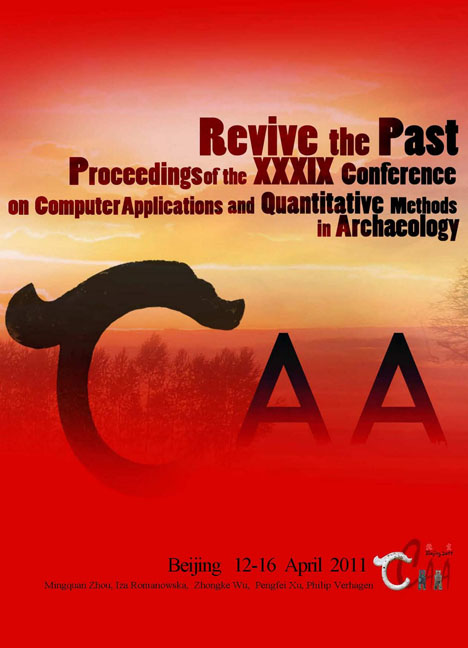 Revive the Past
Revive the Past Published online by Cambridge University Press: 23 June 2021
Abstract:
This paper describes the development and testing of a GIS predictive model as part of the Sangro Valley Project's 2010 survey of agricultural terracing on Monte Pallano in Abruzzo, Italy. The survey was designed to assess the spatial distribution of terracing and to examine major patterns of terrace form, construction style, and preservation. Using the locations of previously recorded terraces, the survey modelled optimal areas for terracing based on cultural and environmental factors. New terrace data collected by the survey was used to refine the model. The resultant model indicated that the key factors determining terrace placement were different than originally theorized. This study will be continued in the 2011 field season with extended survey and soil sampling of selected terraces. Delineating the history and extent of agricultural terracing on Monte Pallano is essential for understanding the long-term dynamics of settlement and land use in this region.
Key Words: Predictive Modelling, GIS, Agricultural Terracing
Introduction
In 2010, the Sangro Valley Project began a survey of abandoned agricultural terraces on Monte Pallano, a limestone ridge dominating the middle Sangro River valley in the Abruzzo region of Italy (Fig. 1). The Sangro Valley Project is devoted to investigating and characterizing the long-term patterns and dynamics of human settlement and land use in the context of a Mediterranean river valley system (http:// www.sangro.org/). Its research over the past 16 years has provided evidence – through surface surveys and excavations of domestic sites on and around Monte Pallano – for the area's habitation in the Iron Age through the Roman periods (7th century BC – 3rd century AD) (Fig. 2). Ancient and modern settlements in the vicinity of Pallano tend to cluster at 500 to 700m in elevation, and important ancient public and ritual sites have been discovered on the summit of the ridge. The 2010 Terrace Survey was designed to provide additional contextual information for long-term land use in the area by assessing the spatial distribution of agricultural terraces on the unsurveyed slopes of Monte Pallano between 700 and 1000m in elevation, between the ring of modern settlements and the archaeological sites on the summit.
To save this book to your Kindle, first ensure [email protected] is added to your Approved Personal Document E-mail List under your Personal Document Settings on the Manage Your Content and Devices page of your Amazon account. Then enter the ‘name’ part of your Kindle email address below. Find out more about saving to your Kindle.
Note you can select to save to either the @free.kindle.com or @kindle.com variations. ‘@free.kindle.com’ emails are free but can only be saved to your device when it is connected to wi-fi. ‘@kindle.com’ emails can be delivered even when you are not connected to wi-fi, but note that service fees apply.
Find out more about the Kindle Personal Document Service.
To save content items to your account, please confirm that you agree to abide by our usage policies. If this is the first time you use this feature, you will be asked to authorise Cambridge Core to connect with your account. Find out more about saving content to Dropbox.
To save content items to your account, please confirm that you agree to abide by our usage policies. If this is the first time you use this feature, you will be asked to authorise Cambridge Core to connect with your account. Find out more about saving content to Google Drive.